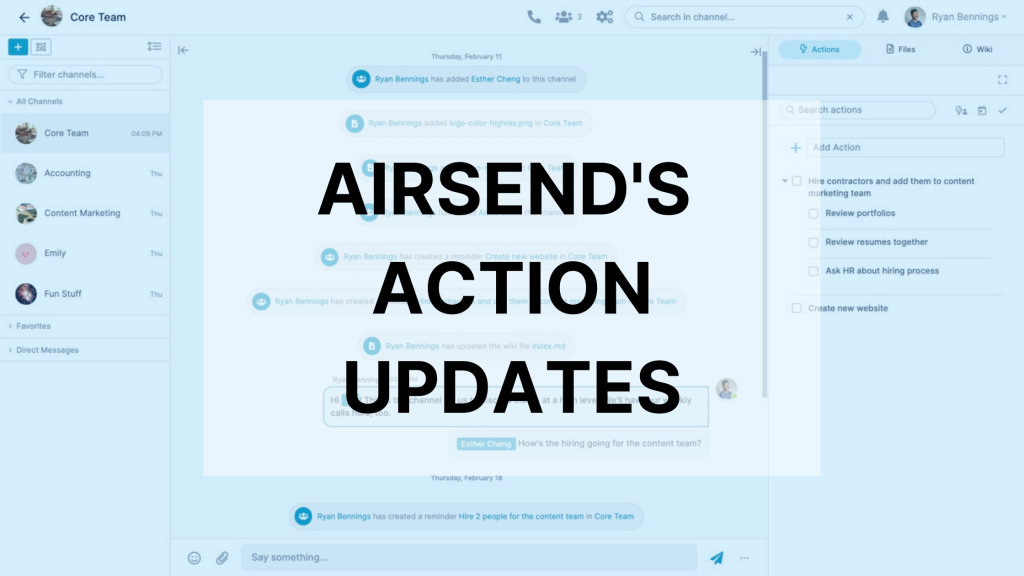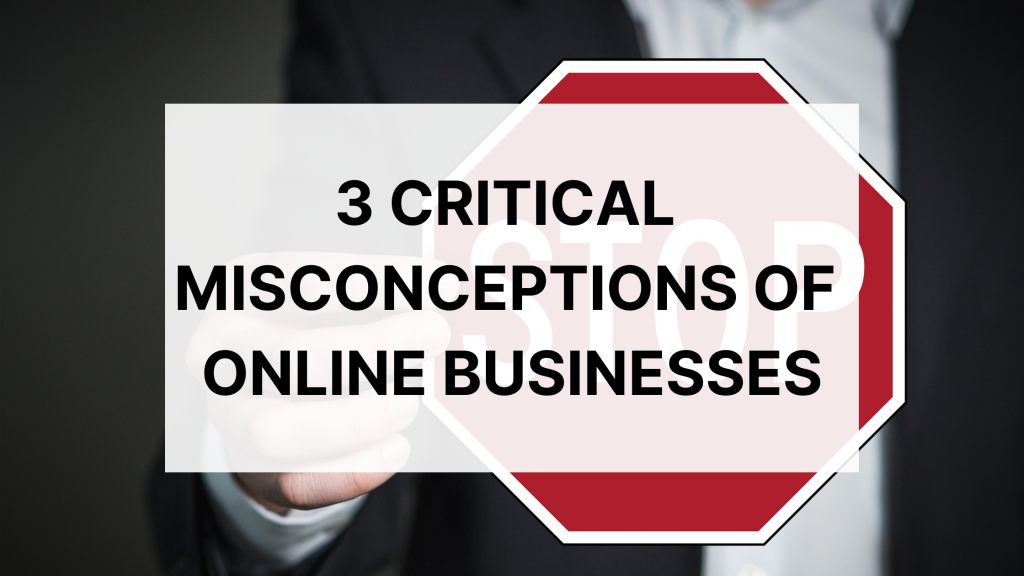
Over the past few years, Agile has secured considerable popularity and is being adopted by many organizations. The Agile methodology introduced advantages that were not possible with the traditional “Waterfall model.” With an Agile approach, teams can deliver powerful features in short delivery cycles. These quick deliveries are why Agile can increase customer satisfaction.
Though many software vendors are using the Agile approach, there is still a lot of confusion about the difference between Agile and Scrum. This blog post is going to provide an overview of each and compare them.
Agile vs. Scrum
What is Agile?
Agile is a set of principles that teams use to guide the delivery of a software project. As there isn’t any detailed planning of a project, it is more adaptable to changes in software application requirements throughout the project. There is an iterative and incremental approach in Agile where cross-functional teams work on product iterations over a set time-span.

12 Principles of the Agile Manifesto
Agile refers to an approach aligned with the following 12 Agile manifesto principles:
- Customer satisfaction is the highest priority and will be achieved by delivering valuable software continuously to customers.
- The team welcomes changes in software requirements even during the later stages of software development.
- The team can deliver working software, even on a short timescale.
- Outward-facing employees and developers must coordinate together daily until project completion.
- Build projects around enthusiastic team members and provide more support if needed.
- Face-to-face conversation is essential to convey any important information to and within the development team.
- A project’s progress is measured by working software.
- Users should maintain a constant pace indefinitely to promote sustainable development.
- Technical excellence and good design should be the primary focus.
- Simplicity is essential.
- The best architecture and design arise from the self-organizing teams.
- The team should reflect on how to become more effective and adjust to the behavior regularly.
Approaches to Implementing Agile
- Scrum
- Kanban
- Extreme Programming
- Feature Driven Development
- Adaptive System Development
- Dynamic systems development method
- Lean Software Development
- Crystal Clear
What is Scrum?
Scrum is the most popular Agile methodology, which helps manage software development with an iterative approach. The fixed-length iteration is known as a sprint which allows teams to ship software frequently. A sprint will last for one or two weeks, and a meeting is conducted at the end of each sprint by team members and stakeholders to discuss the next steps.

Scrum Roles
Product Owner
The PO is the primary member who is in charge of the project vision. This person mediates communication between the stakeholders and scrum team to build and manage the backlog.
Scrum Master
The Scrum Master is responsible for organizing meetings and dealing with challenges that arise in a project. SM is responsible for making sure that the team follows the Scrum process and interacts with the PO to ensure that the product backlog is available for the next sprint.
Scrum Team
The Scrum Team consists of people with various development, testing, engineering, and documentation abilities. It usually contains 5-7 members. The ST plans the amount of work to be completed in each iteration.
Scrum events
Product backlog
The Product Owner and Scrum Master work together to prioritize the stories properly based on user stories and requirements. The developers refer to the product backlog to complete tasks during each sprint.
Sprint planning
Sprint planning keeps track of the work that needs to be done in a sprint. The scrum group completes this step together. The group plans what feature will be delivered in the sprint and determines how to code the functionality.
Daily Scrum
A 15-minute stand-up meeting is conducted daily. This is known as a Daily Scrum and is used to check if the team is on track. During these meetings, the team members discuss development goals and challenges.
Sprint Review
At the end of a sprint, the team conducts a Sprint Review to check development progress and discuss the next set of action items.
Sprint Retrospectives
During a Sprint Retrospective, the team discusses all of the successes and challenges of the Scrum process faced during the last sprint and the improvements required for the next sprint.
Agile vs. Scrum: What is the final verdict?
As you can see, Agile and Scrum are the two types of process management methodologies that are used in software development.
In Agile methodology, instead of using a detailed plan at the beginning of projects, it implements an approach that encourages customer feedback and development changes regularly throughout the project cycle.
Scrum methodology is an iterative process of Agile that concentrates on delivering high value in a minimal amount of time. The project is broken down into smaller builds (sprints) with a specific time frame. The time duration is generally one or two weeks and involves daily stand-up meetings to check progress on goals and discuss challenges. Once the sprint is finished, the team gathers again to discuss an approach for the next sprint.
Now you know that Scrum is a subset of Agile, and therefore, we can’t say if one is better than the other. However, the Agile approach implemented using Scrum methodologies far exceeds the output of the traditional “Waterfall model.” And it will continue to bring greater customer satisfaction and agility to development teams everywhere.
Written by Soumya Turlapaty.
AirSend is a versatile digital workspace to share files, send messages, have voice/video calls, and complete tasks. Click here to see how AirSend can help you.




